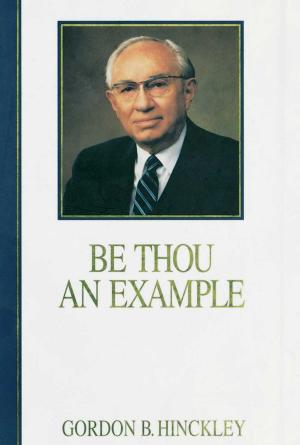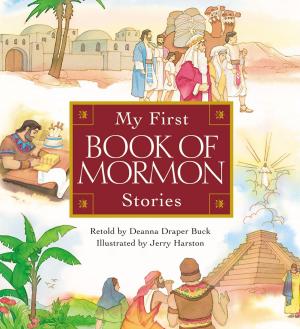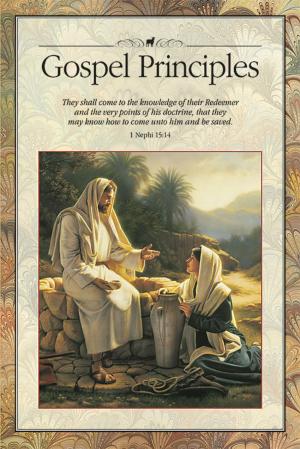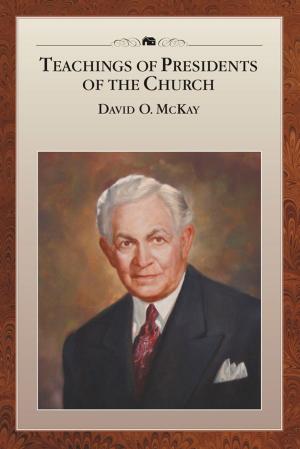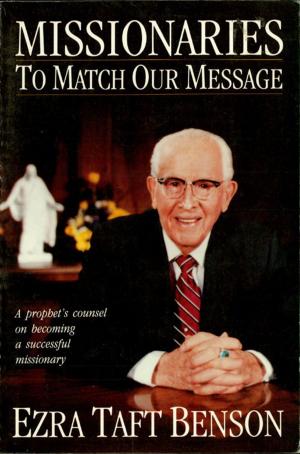| Author: | John Kammeyer | ISBN: | 9781452463049 |
| Publisher: | John Kammeyer | Publication: | April 5, 2012 |
| Imprint: | Smashwords Edition | Language: | English |
| Author: | John Kammeyer |
| ISBN: | 9781452463049 |
| Publisher: | John Kammeyer |
| Publication: | April 5, 2012 |
| Imprint: | Smashwords Edition |
| Language: | English |
In these days of increasing “wars and rumors of wars” a book showing how the Nephites coped with war is both timely and useful.
This book rests on the assumption that the Book of Mormon is a historical document proceeding from a specific time and place. It is not a history in the modern sense. Hugh Nibley wrote that one of the most popular forms of literature in 600 BC was the biography. The intent was to show one had lived righteously and done his duty to God and his fellow man. It wasn’t, in the modern sense, an account showing chronologically everything he’d done in life. The Book of Mormon tends to be a series of biographies strung together, one prominent person after another. The war chapters of the book are part and parcel with the non-war chapters; they are all biographies.
Structurally, the Book of Mormon is a study in leadership, or failure of leadership. Indeed, to Mormon, the lives of Nephite leaders were more interesting than the details of Nephite history.
Militarily, he depicts the Nephite and Lamanite commanders he found the most interesting, which means those who contributed most to his own professional education.
The Book of Mormon has echoes of Clausewitz in that it is a study of warfare as a phenomenon, and not just as an event, and therefore has lessons and principles that transcend any one period of time. Mormon was interested in the interface between professionalism and righteousness in the commanders, and the interplay of politics, (or in his terms righteousness and wickedness) in the people, and how these affected the outcome of war.
In these days of increasing “wars and rumors of wars” a book showing how the Nephites coped with war is both timely and useful.
This book rests on the assumption that the Book of Mormon is a historical document proceeding from a specific time and place. It is not a history in the modern sense. Hugh Nibley wrote that one of the most popular forms of literature in 600 BC was the biography. The intent was to show one had lived righteously and done his duty to God and his fellow man. It wasn’t, in the modern sense, an account showing chronologically everything he’d done in life. The Book of Mormon tends to be a series of biographies strung together, one prominent person after another. The war chapters of the book are part and parcel with the non-war chapters; they are all biographies.
Structurally, the Book of Mormon is a study in leadership, or failure of leadership. Indeed, to Mormon, the lives of Nephite leaders were more interesting than the details of Nephite history.
Militarily, he depicts the Nephite and Lamanite commanders he found the most interesting, which means those who contributed most to his own professional education.
The Book of Mormon has echoes of Clausewitz in that it is a study of warfare as a phenomenon, and not just as an event, and therefore has lessons and principles that transcend any one period of time. Mormon was interested in the interface between professionalism and righteousness in the commanders, and the interplay of politics, (or in his terms righteousness and wickedness) in the people, and how these affected the outcome of war.

